Heatherwick Studio’s Little Island takes shape in New York
Heatherwick Studio's Little Island – half way through construction in the water on Manhattan’s southwest riverside in New York City – makes the most out of the hundreds of old wooden piles which stuck out of the Hudson River, to create a landscape that blends public park and performance space

Paul Clemence - Photography
On Manhattan’s southwest riverside, strange sculptural concrete shapes appear to be emerging from the depths. While works on site have now, understandably, paused, due to current health developments in New York, standing proud, about half way through construction, Heatherwick Studio's Little Island resembles an artist's mould or a curious industrial prototype, more than a conventional, empty, building site.
The project, won by the London-based studio following a design competition arranged by the Hudson River Park Trust and businessman and philanthropist Barry Diller, looks at creating a new pier, making use of the old wooden piles that stick out of the Hudson River – the structural remains of old piers, now destroyed.
The new design adds new, concrete piles to create a raised platform that will merge a public space and a flexible, outdoors, performance venue. Rising up from the water, the piles expand, fusing together and forming a brand new topography; a park. In the same space, the project will contain an outdoor theatre for over 700 people, a smaller performance space for 200, a main space for 3,500 and several different pathways and viewing platforms.
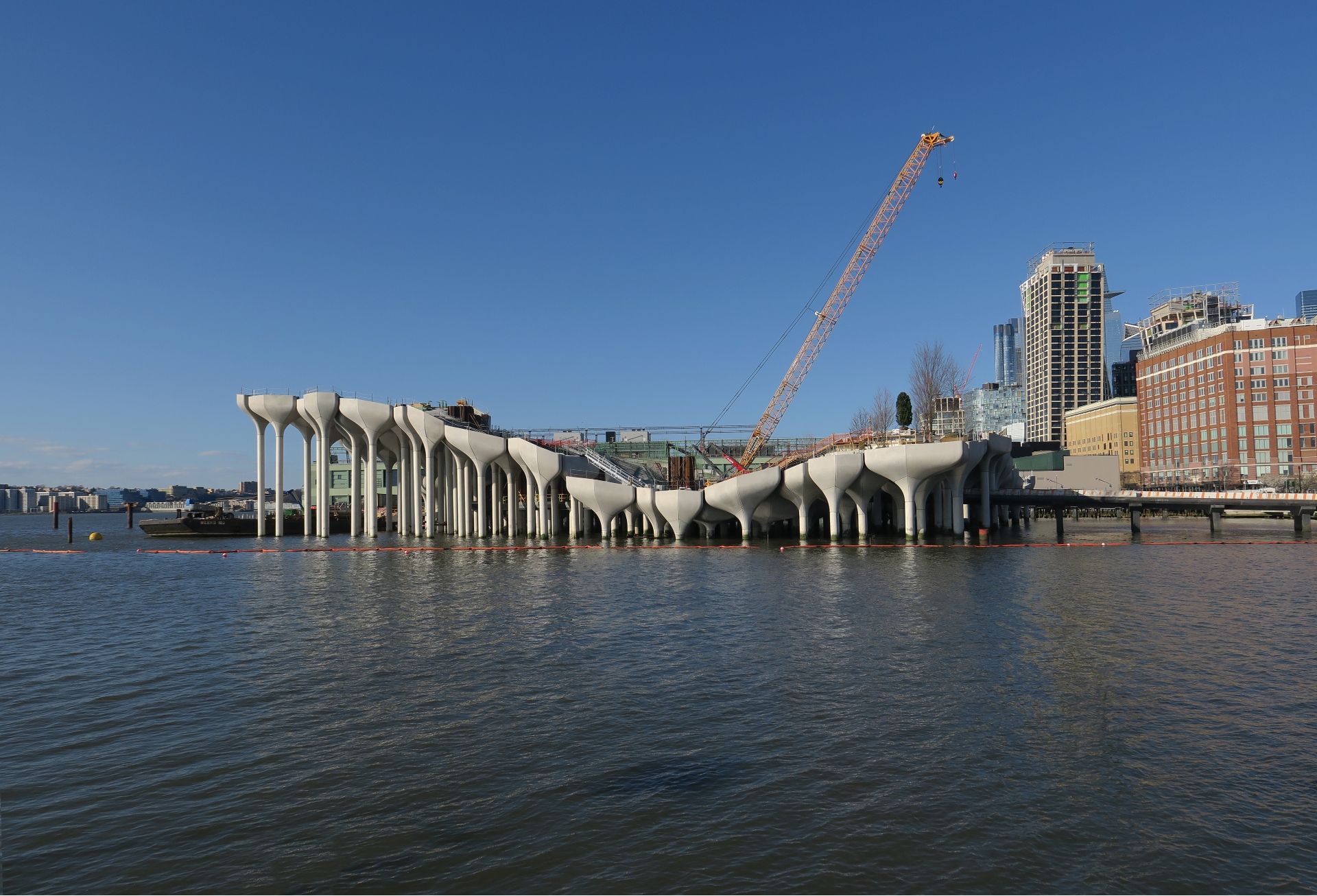
Greenery was an important element in the design and each of the some-280 piles contains a planter at their top. The team researched flora that is local to New York and can survive its hot summers and freezing winters and filled the planters with more than a hundred different species of indigenous trees and plants.
‘[My team and I] wondered if the identity of our new park and performance space could emerge from the water, just like these structural piles, but without needing to add any slab on top,' says studio founder Thomas Heatherwick. ‘This idea evolved to take the new concrete piles that would be needed to connect to the granite at the base of the river, and to then continue them out of the water, extending skyward to raise sections of a generous green landscape with rich horticulture. Fusing at they meet, these 280 individual piles come together to form the undulating topography of the park, angled perfectly for performance and theatre spaces.'
At a time when open, public areas are more important than ever, Little Island is something to look forward to. At the start of the year, construction was on track for a 2021 opening.
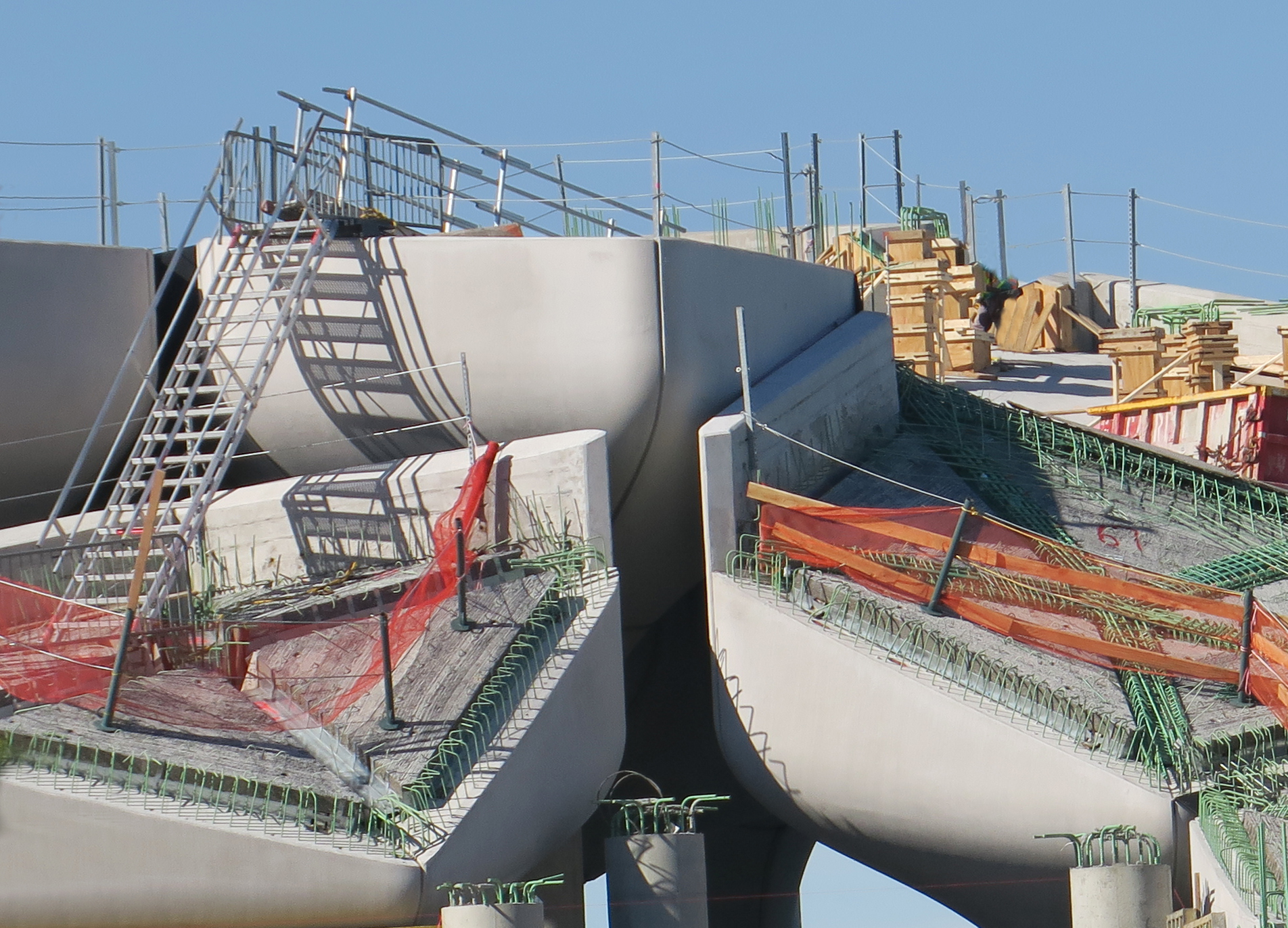
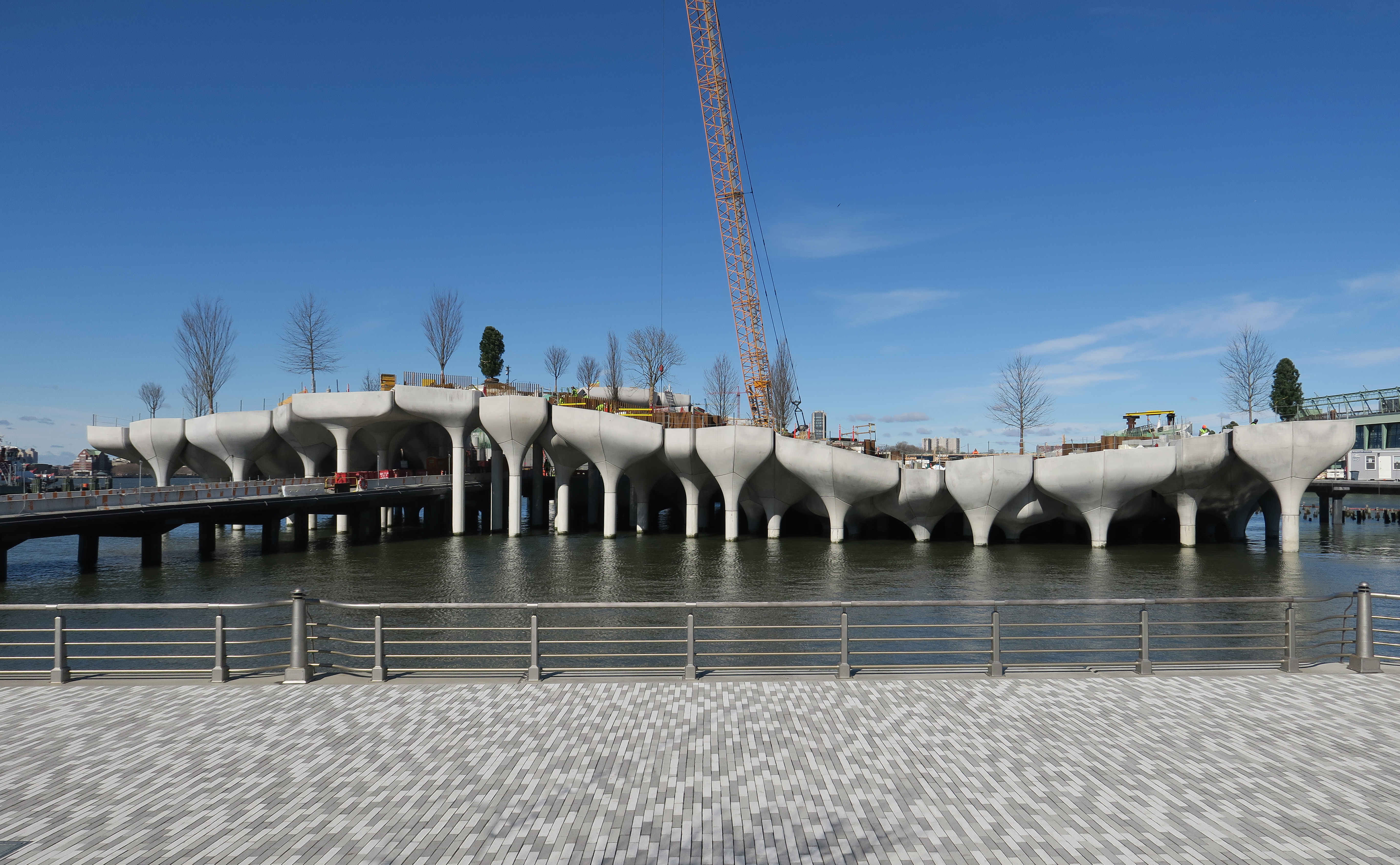
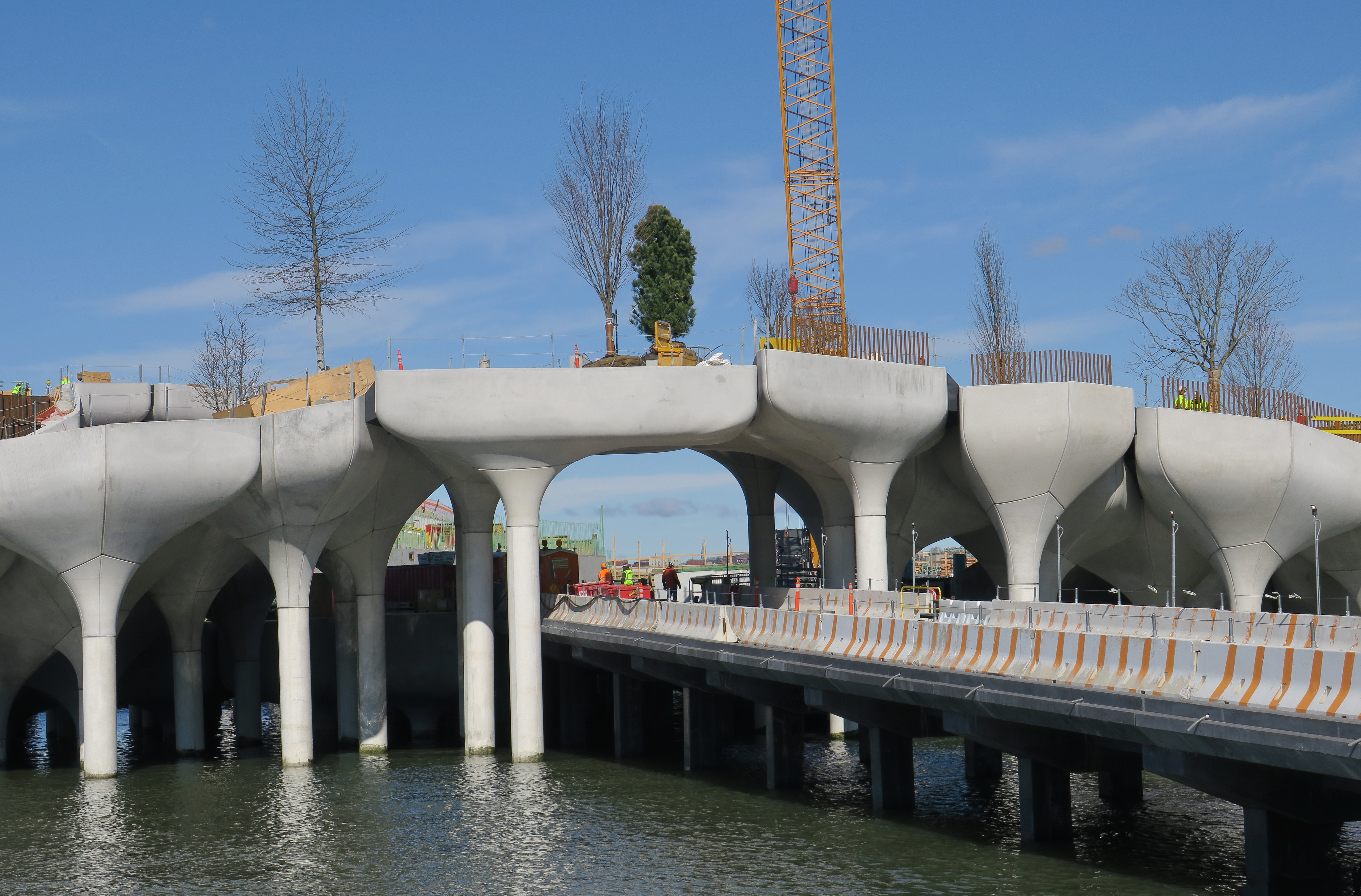
INFORMATION
Wallpaper* Newsletter
Receive our daily digest of inspiration, escapism and design stories from around the world direct to your inbox.
Ellie Stathaki is the Architecture & Environment Director at Wallpaper*. She trained as an architect at the Aristotle University of Thessaloniki in Greece and studied architectural history at the Bartlett in London. Now an established journalist, she has been a member of the Wallpaper* team since 2006, visiting buildings across the globe and interviewing leading architects such as Tadao Ando and Rem Koolhaas. Ellie has also taken part in judging panels, moderated events, curated shows and contributed in books, such as The Contemporary House (Thames & Hudson, 2018), Glenn Sestig Architecture Diary (2020) and House London (2022).
-
 Everything you need to know about Italy's Lake Maggiore, according to Formafantasma
Everything you need to know about Italy's Lake Maggiore, according to FormafantasmaFrom baroque gardens to panoramic views, Andrea Trimarchi and Simone Farresin show us around this Italian escape
By Sofia de la Cruz Published
-
 In Milan, Rooms Studio examines Georgia’s shifting social landscape
In Milan, Rooms Studio examines Georgia’s shifting social landscapeExpandable tables that reference recent government protests and lamps held together with ‘chewing gum’ feature in the Tbilisi-based studio’s Milan Design Week 2025 installation
By Dan Howarth Published
-
 The best fashion moments at Milan Design Week 2025
The best fashion moments at Milan Design Week 2025In this ongoing report, Scarlett Conlon discovers the finest fashion moments at Salone del Mobile and Milan Design Week 2025, from Loewe’s artist-designed teapots to Saint Laurent’s celebration of Charlotte Perriand
By Scarlett Conlon Published
-
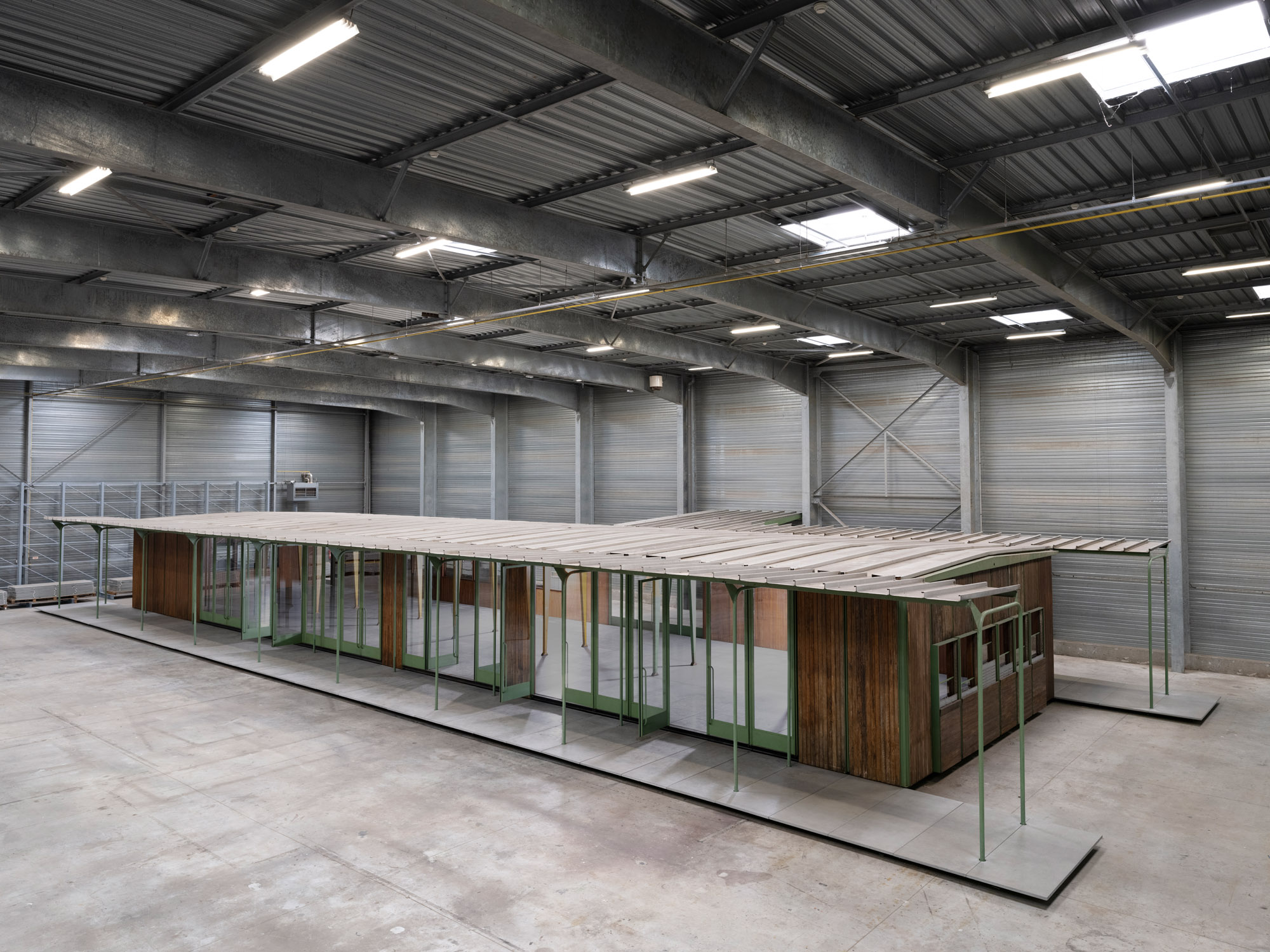 Croismare school, Jean Prouvé’s largest demountable structure, could be yours
Croismare school, Jean Prouvé’s largest demountable structure, could be yoursJean Prouvé’s 1948 Croismare school, the largest demountable structure ever built by the self-taught architect, is up for sale
By Amy Serafin Published
-
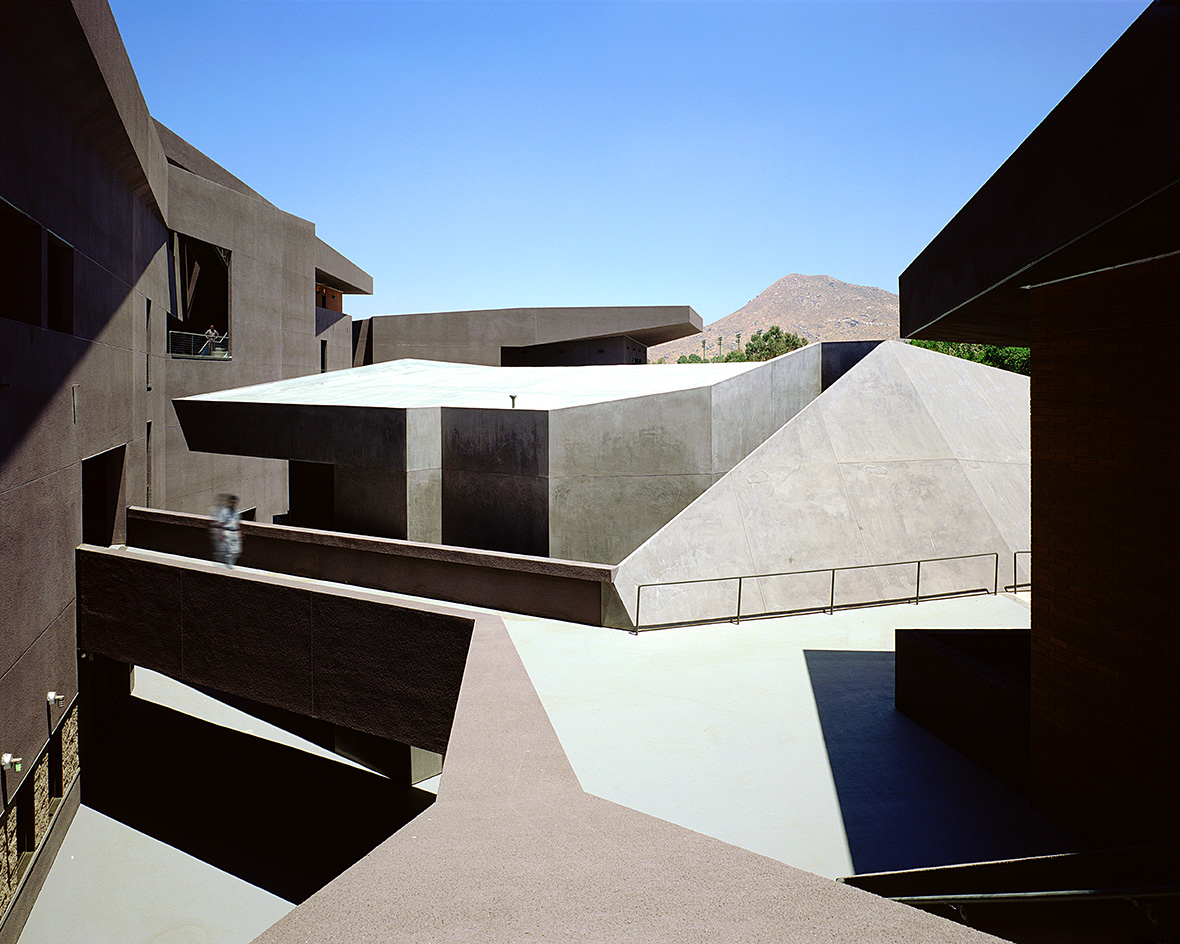 We explore Franklin Israel’s lesser-known, progressive, deconstructivist architecture
We explore Franklin Israel’s lesser-known, progressive, deconstructivist architectureFranklin Israel, a progressive Californian architect whose life was cut short in 1996 at the age of 50, is celebrated in a new book that examines his work and legacy
By Michael Webb Published
-
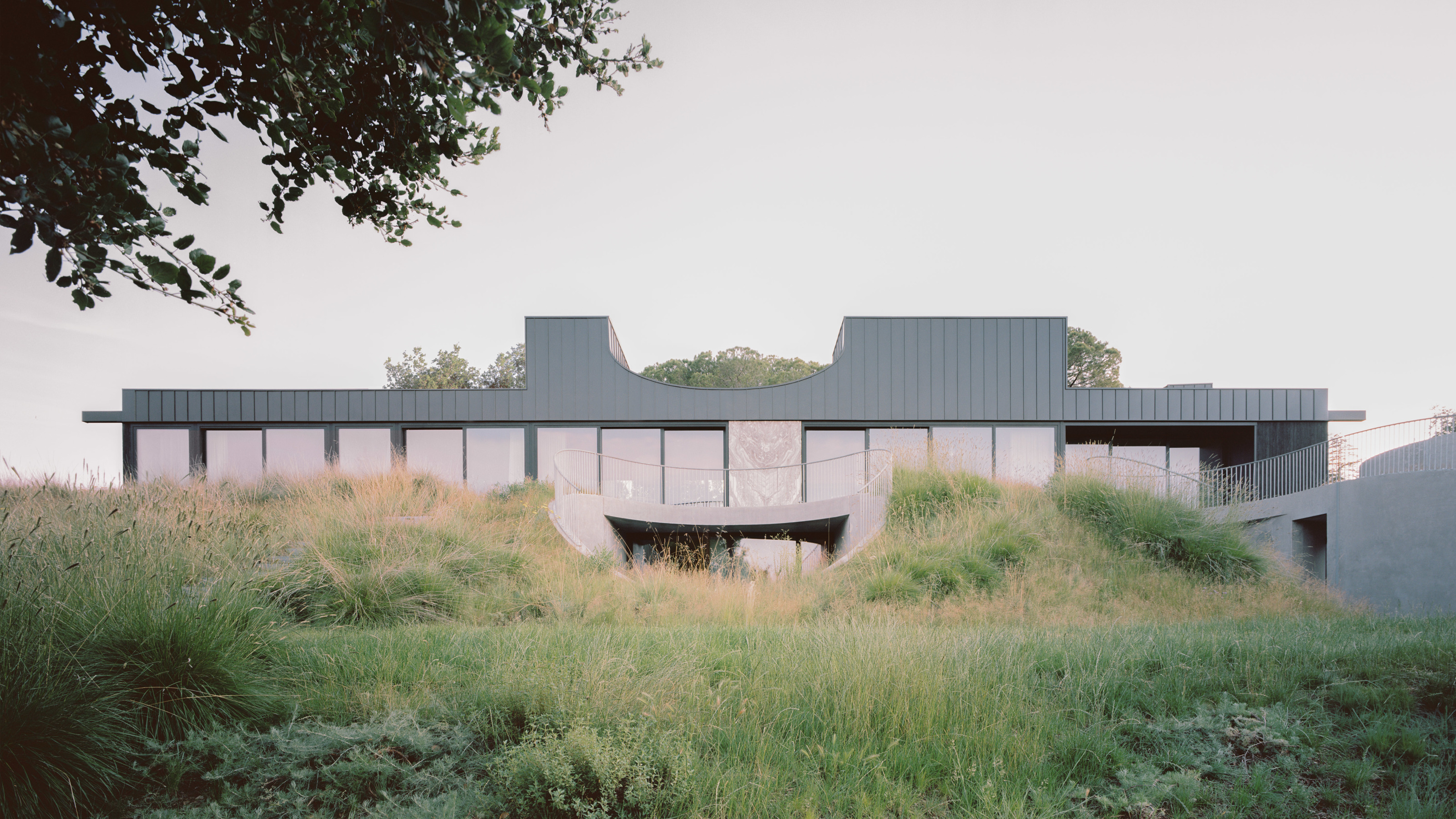 A new hilltop California home is rooted in the landscape and celebrates views of nature
A new hilltop California home is rooted in the landscape and celebrates views of natureWOJR's California home House of Horns is a meticulously planned modern villa that seeps into its surrounding landscape through a series of sculptural courtyards
By Jonathan Bell Published
-
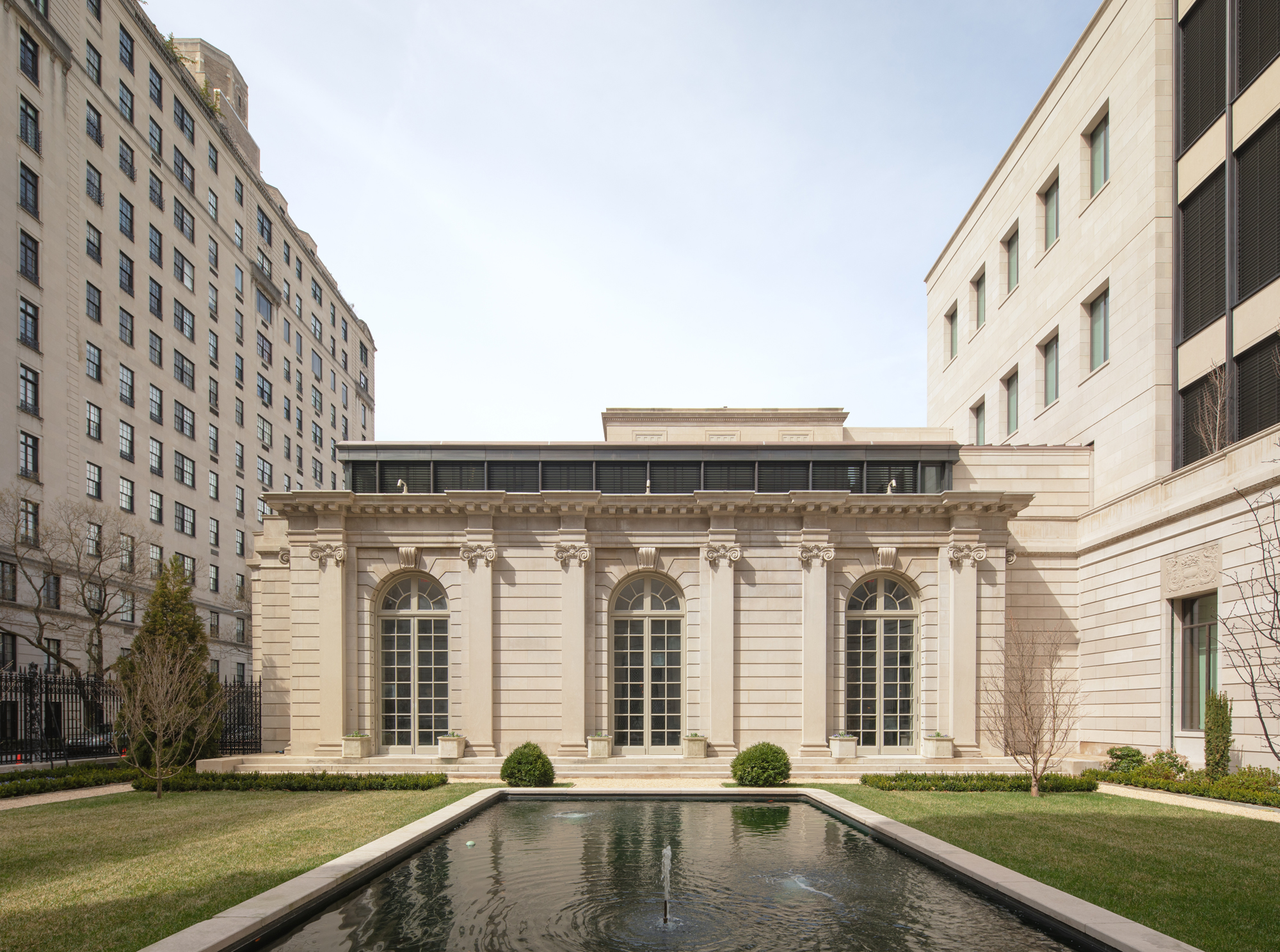 The Frick Collection's expansion by Selldorf Architects is both surgical and delicate
The Frick Collection's expansion by Selldorf Architects is both surgical and delicateThe New York cultural institution gets a $220 million glow-up
By Stephanie Murg Published
-
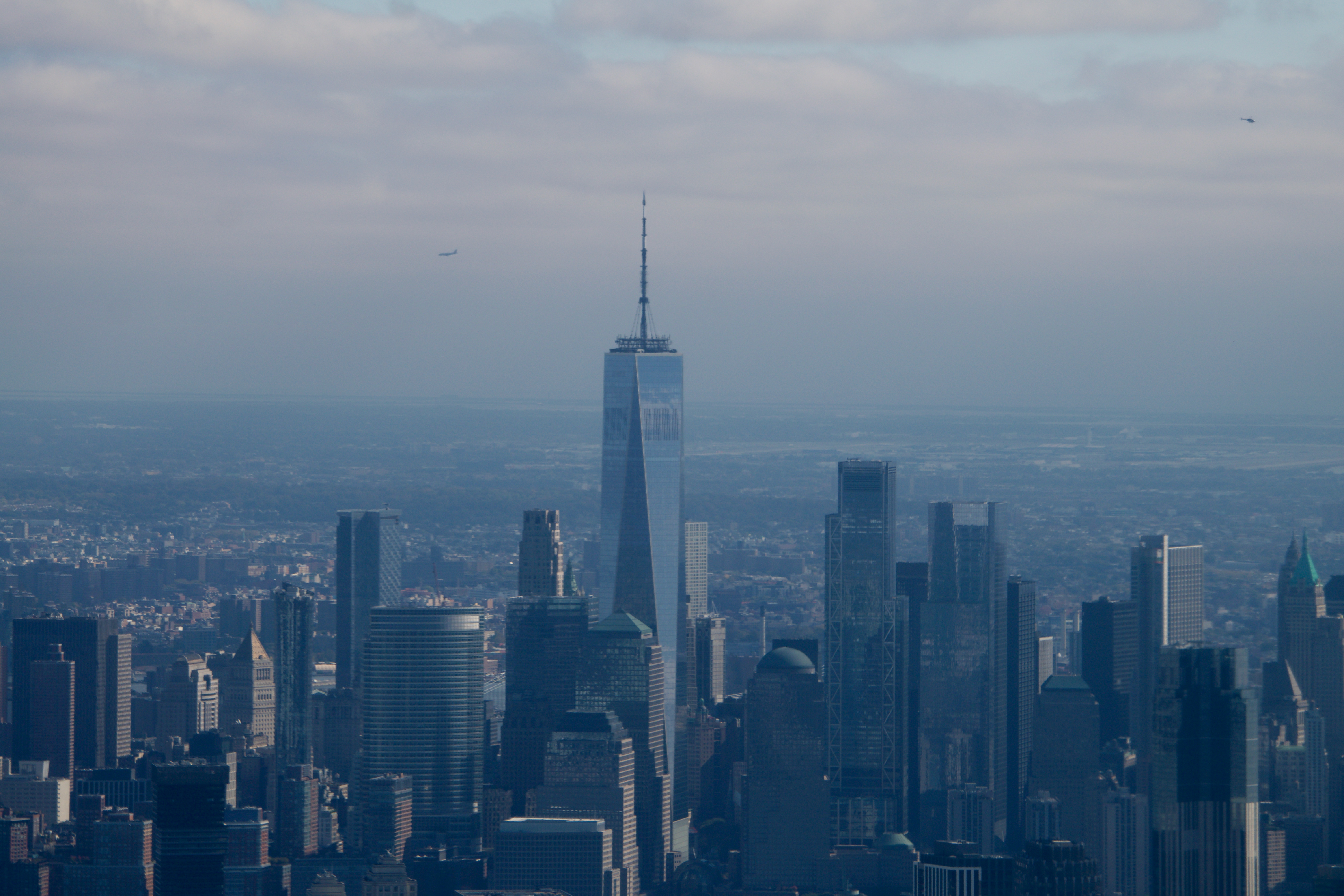 Remembering architect David M Childs (1941-2025) and his New York skyline legacy
Remembering architect David M Childs (1941-2025) and his New York skyline legacyDavid M Childs, a former chairman of architectural powerhouse SOM, has passed away. We celebrate his professional achievements
By Jonathan Bell Published
-
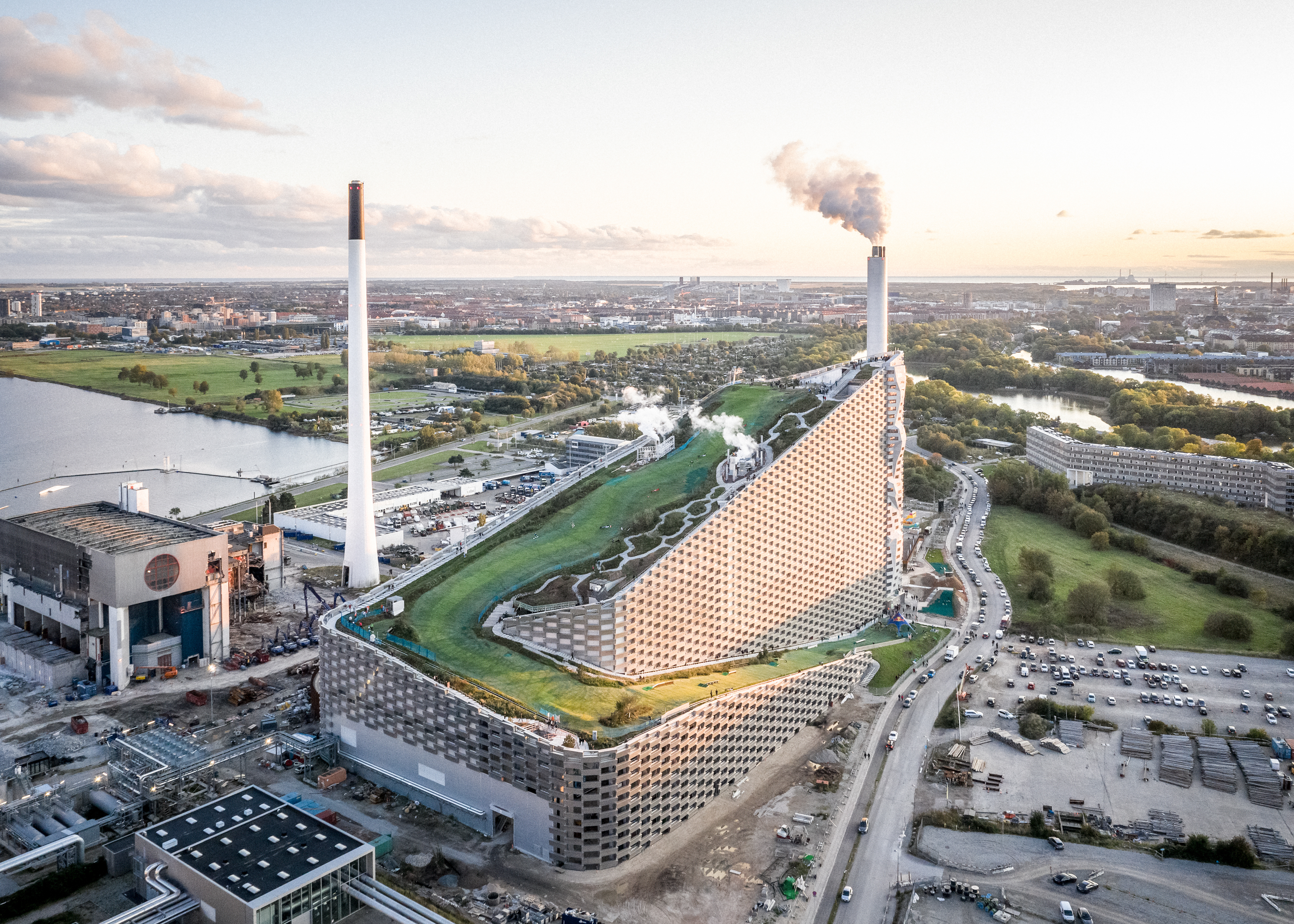 What is hedonistic sustainability? BIG's take on fun-injected sustainable architecture arrives in New York
What is hedonistic sustainability? BIG's take on fun-injected sustainable architecture arrives in New YorkA new project in New York proves that the 'seemingly contradictory' ideas of sustainable development and the pursuit of pleasure can, and indeed should, co-exist
By Emily Wright Published
-
 The upcoming Zaha Hadid Architects projects set to transform the horizon
The upcoming Zaha Hadid Architects projects set to transform the horizonA peek at Zaha Hadid Architects’ future projects, which will comprise some of the most innovative and intriguing structures in the world
By Anna Solomon Published
-
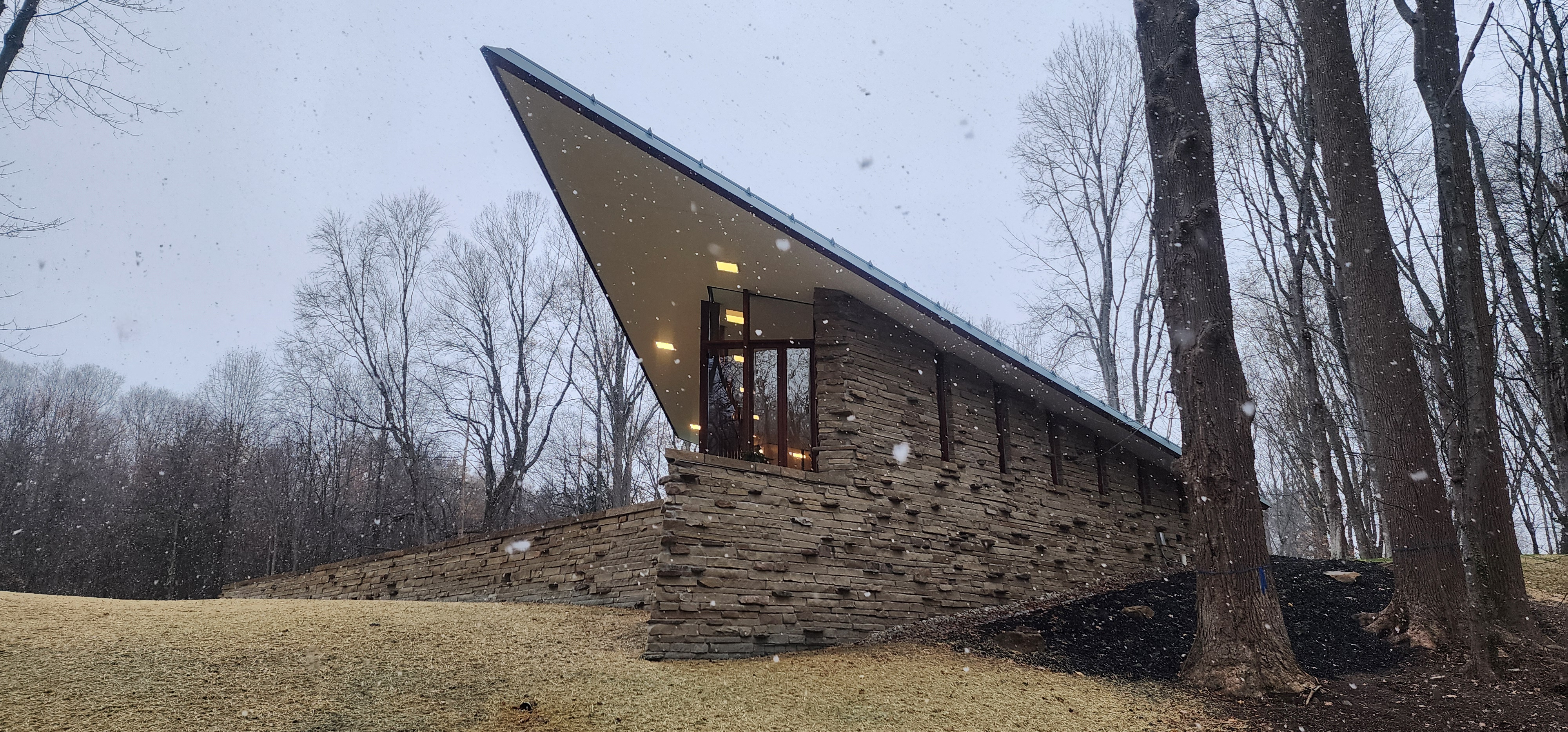 Frank Lloyd Wright’s last house has finally been built – and you can stay there
Frank Lloyd Wright’s last house has finally been built – and you can stay thereFrank Lloyd Wright’s final residential commission, RiverRock, has come to life. But, constructed 66 years after his death, can it be considered a true ‘Wright’?
By Anna Solomon Published